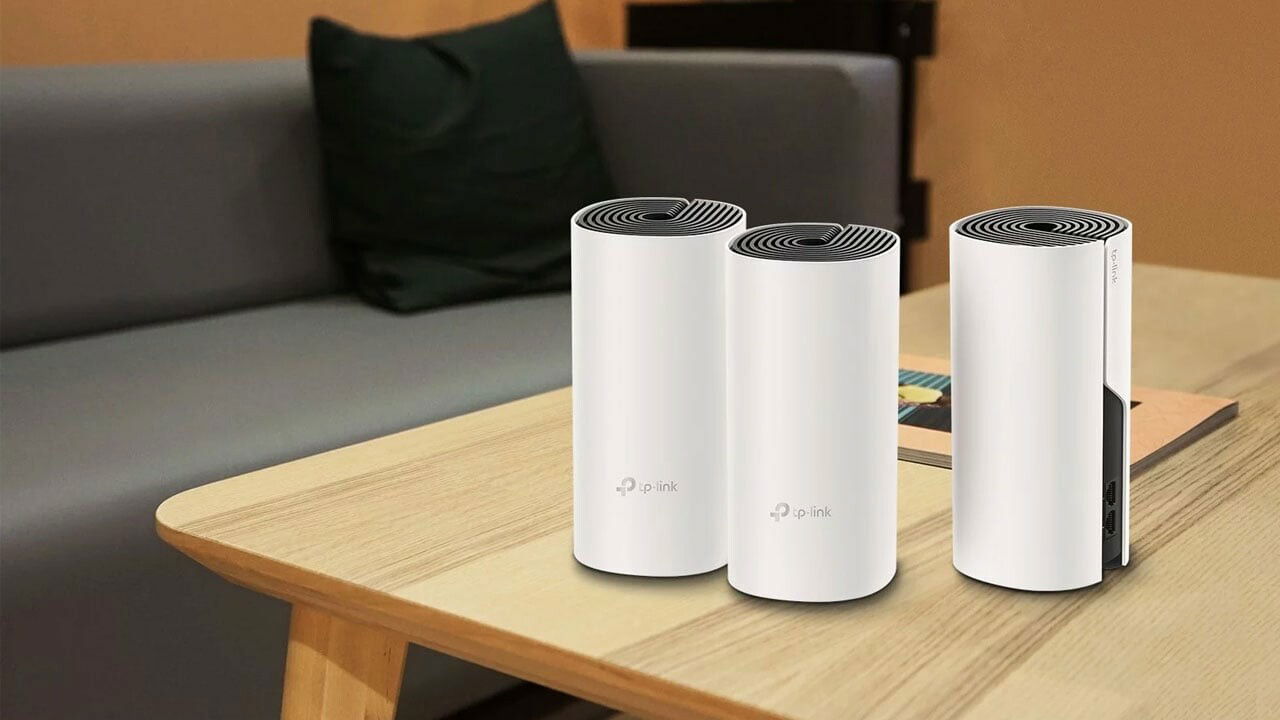Wi-Fi is crucial in modern homes, enabling fast entertainment streaming, interruption-free work video conferences, and automation of smart devices. The latest Wi-Fi standards, including Wi-Fi 6 and Wi-Fi 7, are pushing the boundaries of wireless internet connection.
But what happens when you experience lagging during video calls and web pages take several minutes to load? It might be time to upgrade your home Wi-Fi system. Mesh Wi-Fi networks have become a favourite among numerous homeowners, and for the right reasons.
Here’s a short guide on mesh Wi-Fi, how it differs from traditional routers, and why you should install it in your home:
The Problem with Traditional Routers
Traditional Wi-Fi routers have been around for decades. They manage the internet connection provided by your modem, broadcast a Wi-Fi signal from one central point in your home, and direct it to appropriate connecting devices. This system works well if you live in a small or medium-sized home.
However, in large, multiple-story homes, you might end up with dead zones. A dead zone is a location within your home where your devices struggle to connect to or maintain a Wi-Fi signal.
In such situations, you can take several steps, such as positioning your router centrally, installing external antennas, elevating the router off the floor, and making sure there are no obstructions that can block the signal. Contrary to popular belief, these measures are not as effective as you might think. Switching to a mesh Wi-Fi network is one of the most effective ways to mitigate this situation.
What is a Mesh Wi-Fi Network?

A mesh network is composed of multiple nodes that work together to broadcast a Wi-Fi signal over a large area, such as a house or an office building. It is a type of local area network (LAN) that combines a Wi-Fi router with one or more mesh satellites to expand coverage. Think of it as having multiple routers spread throughout your home to ensure a strong internet connection in every corner.
The main device of your mesh system will be plugged directly into your modem, whereas the satellites will be placed around the house.
Wireless vs Wired Backhaul
One of the most important things you should know about mesh wifi systems is the difference between wireless and wired backhaul. Wireless backhaul is the easiest way to set up a mesh network. It eliminates the need for physical cabling and ensures ease of setup. It can transmit the 6 GHz band if you have Wi-Fi 6C or even Wi-Fi 7.
On the other hand, in a wired backhaul, mesh nodes are connected to the main router or other nodes via Ethernet cables. It offers a more stable and secure internet connection. However, the setup can be difficult and expensive.
Consider your home internet needs and budget when choosing between wireless and wired backhaul.
Reasons You Should Install a Mesh Wi-Fi Network
In addition to the popular benefits of a mesh Wi-Fi network, there are many lesser-known reasons you should consider switching to mesh Wi-Fi. Here’s a brief breakdown:
It Ensures Seamless Roaming
The multiple nodes in a mesh Wi-Fi network work together to create a unified network that broadcasts the same SSID and password. As you move around the house, the mesh system will automatically choose the best configuration and connect you to the strongest band. You only need to connect to one network, regardless of your location.
Some mesh Wi-Fi systems also use protocols like IEEE 802.11k/v/r to further optimize the roaming process. This makes roaming between nodes smoother and faster. Moreover, if one node fails, you won’t lose internet connection.
It is Scalable and Reliable
Mesh Wi-Fi systems are modular, meaning you can add more nodes or satellites to the network. Through network segmentation and load-balancing techniques, new nodes can automatically join without lowering the coverage area or speed.
Moreover, mesh Wi-Fi networks follow self-healing mechanisms, enabling them to autonomously recover from failures and adapt to changing conditions. Dynamic routing protocols, such as Ad-hoc On-demand Distance Vector (AODV) and Dynamic Source Routing (DSR), dynamically reconfigure routing paths in response to network changes.
It is Ideal for Smart Homes
Mesh Wi-Fi networks can be easily integrated with smart tech devices, allowing you to control your home anytime, anywhere.
It Offers Advanced Features
Mesh systems offer more than just interruption-free internet. The latest mesh models offer state-of-the-art features to ensure maximum comfort for you and your family. Here are some features:
- Tri-band technology to offer separate radio channels for different tasks.
- Traffic prioritization for home devices.
- Remote mesh network control and monitoring
- Built-in security features, such as WPA3 encryption, prevent unauthorized access to your home network.
- Advanced parental controls.
- Dedicated guest networks.
- Parental control.
Whether you’re working remotely, streaming 4K movies, or gaming all day, a mesh Wi-Fi system can ensure a fast and reliable internet connection. Upgrade your system and provide comfort for the entire household.



